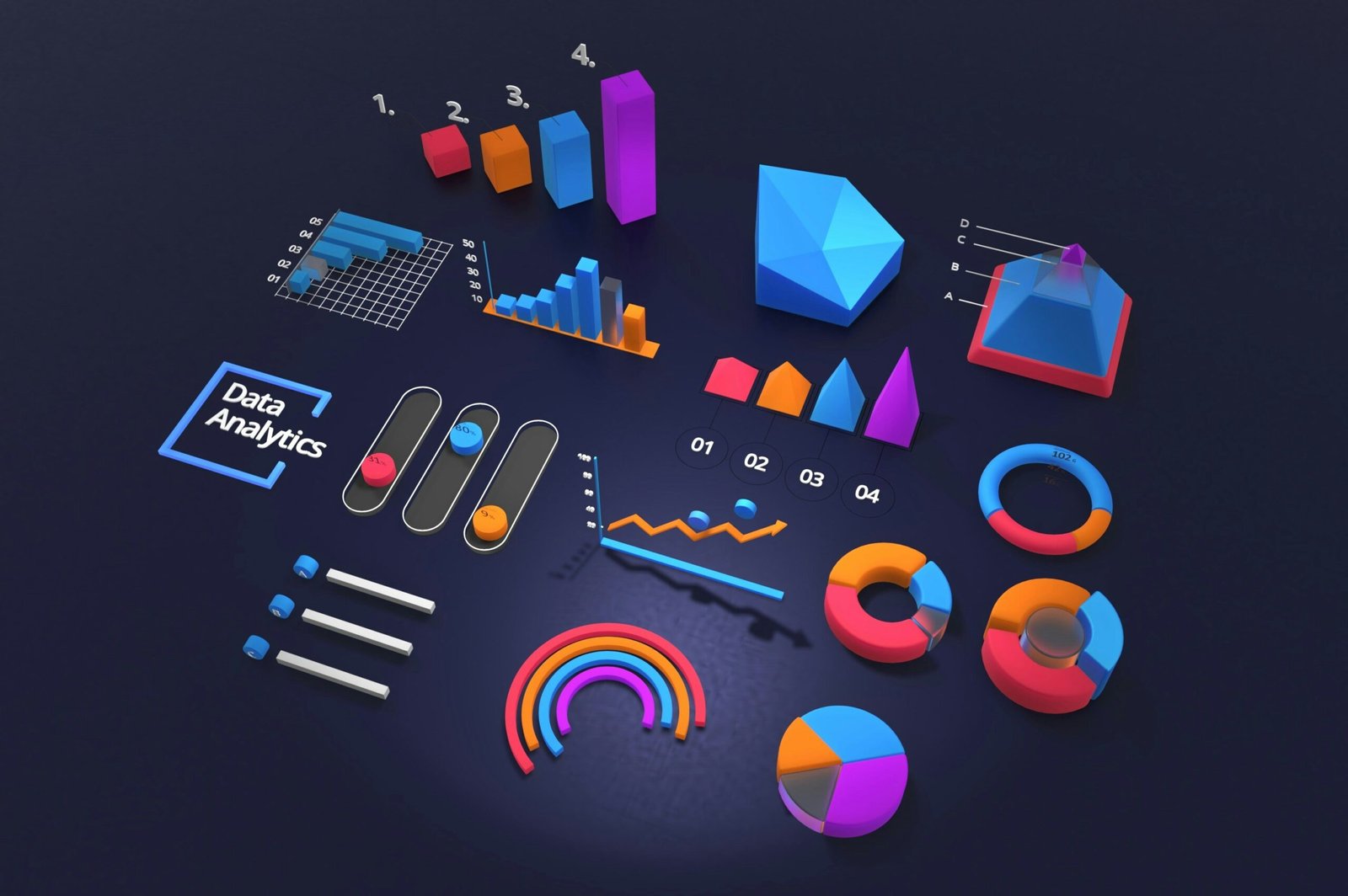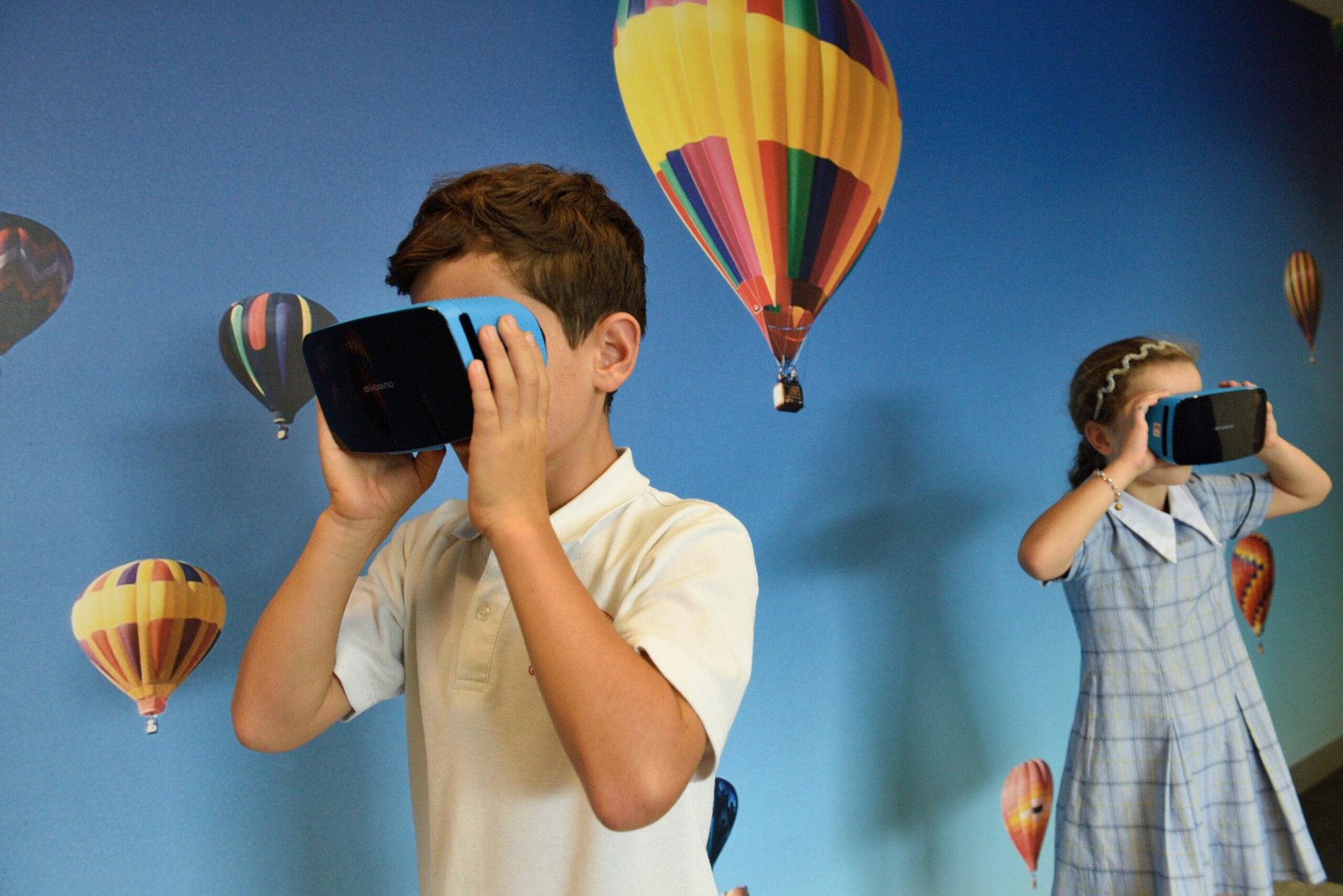Education is evolving. Traditional exams often fail to capture a student’s true understanding and abilities. This is why innovative assessment methods are gaining traction. Educators now seek ways to evaluate student learning that foster engagement and creativity. In this blog, we will explore various innovative assessment methods that move beyond traditional exams. We will discuss their benefits and how they can transform education.
The Limitations of Traditional Exams
Traditional exams have several limitations. They often assess a narrow range of skills. Additionally, they can create high-pressure environments that hinder performance. Many students struggle to demonstrate their knowledge in a timed setting. As a result, educators are seeking alternative assessment methods that provide a more comprehensive view of student learning.
Moreover, traditional exams do not accommodate diverse learning styles. Some students may excel in hands-on projects while others thrive in collaborative environments. Innovative assessment methods can address these issues, making learning more inclusive.
1. Project-Based Learning
Project-based learning (PBL) is one of the most effective innovative assessment methods. In PBL, students engage in real-world projects that require critical thinking and collaboration. This method encourages students to explore topics deeply while developing practical skills.
For example, instead of a standard exam on environmental science, students could create a sustainability project. They could design a community garden or develop a recycling campaign. This approach allows students to apply their knowledge in meaningful ways.
Why is project-based learning an effective assessment method?
PBL promotes higher-order thinking. It encourages students to analyze, synthesize, and evaluate information. Additionally, it fosters teamwork and communication skills. Overall, project-based learning helps students build a portfolio of work that showcases their abilities.
2. Portfolios
Portfolios offer a comprehensive view of a student’s progress over time. They contain a collection of work that reflects a student’s learning journey. This can include essays, art projects, presentations, and reflections.
Portfolios allow students to demonstrate their learning in various ways. Instead of a single exam score, educators can assess a student’s growth and improvement. This method also encourages self-reflection. Students can assess their strengths and identify areas for growth.
How do portfolios enhance assessment?
Portfolios provide a holistic view of a student’s capabilities. They showcase a range of skills and accomplishments. Additionally, portfolios can be personalized, allowing students to highlight their unique interests and talents. This method encourages ownership of learning and fosters intrinsic motivation.
3. Peer Assessment
Peer assessment involves students evaluating each other’s work. This innovative assessment method encourages collaboration and critical thinking. Students learn to provide constructive feedback while reflecting on their own work.
For instance, in a writing class, students could exchange essays and provide feedback based on a rubric. This process helps students develop evaluation skills and learn from one another. Additionally, it promotes a sense of community in the classroom.
What are the benefits of peer assessment?
Peer assessment encourages active engagement. Students take responsibility for their learning and that of their peers. It also reduces the pressure on teachers to grade every assignment. By involving students in the assessment process, educators can foster a collaborative learning environment.
4. Digital Assessments
Digital assessments leverage technology to enhance learning and evaluation. These assessments can take many forms, including quizzes, interactive simulations, and multimedia presentations. Technology allows for immediate feedback, which can be valuable for student growth.
For example, educators can use platforms like Kahoot! or Quizizz for interactive quizzes. These tools make assessments fun and engaging. Additionally, digital assessments can be tailored to individual learning levels, providing a personalized experience.
How do digital assessments improve evaluation?
Digital assessments offer flexibility and accessibility. Students can take assessments at their own pace, reducing anxiety. Immediate feedback helps students understand their mistakes and learn from them. Overall, digital assessments create a dynamic learning environment.
5. Performance-Based Assessments
Performance-based assessments require students to demonstrate their knowledge and skills in real-world situations. This method often involves presentations, performances, or practical demonstrations. For example, a student studying biology could present a science experiment rather than taking a written exam.
Performance-based assessments evaluate a student’s ability to apply knowledge. They also help develop communication and presentation skills. Students gain confidence as they showcase their understanding in front of peers.
Why are performance-based assessments effective?
Performance-based assessments mimic real-life situations. They prepare students for future challenges by requiring them to think critically and solve problems. This method encourages creativity and fosters a deeper understanding of the subject matter.
6. Gamification
Gamification incorporates game elements into assessments to enhance student engagement. This innovative method can transform traditional assessments into interactive challenges. For instance, educators can create educational games that assess knowledge while providing a fun learning experience.
Gamification can take many forms, from quizzes with rewards to competitive team challenges. It encourages collaboration and motivates students to participate actively. Gamified assessments can also adapt to different learning styles.
How does gamification enhance assessment?
Gamification increases motivation and engagement. Students are more likely to participate when learning feels like a game. Additionally, this method allows for immediate feedback and progress tracking. Overall, gamification transforms assessments into enjoyable learning experiences.
Conclusion
Innovative assessment methods offer exciting alternatives to traditional exams. By moving beyond standard testing, educators can create more engaging and inclusive learning environments. Project-based learning, portfolios, peer assessment, digital assessments, performance-based assessments, and gamification are all effective strategies. Each method addresses the limitations of traditional exams while promoting deeper understanding and skills development.
As education continues to evolve, it is crucial to embrace these innovative assessment methods. By doing so, educators can better support student learning and foster a love for knowledge. The future of assessment lies in creativity, collaboration, and real-world application. Together, let’s move beyond traditional exams and create a brighter educational landscape for all students.





